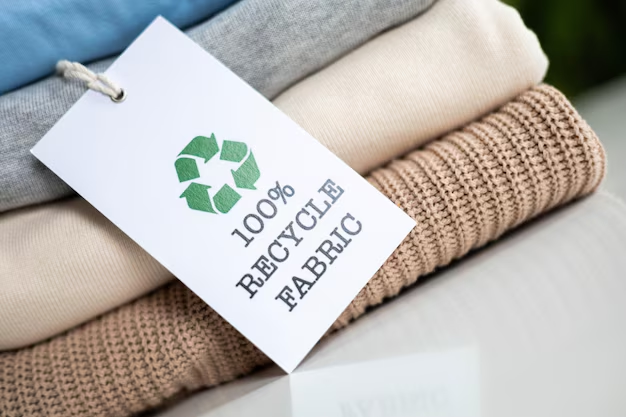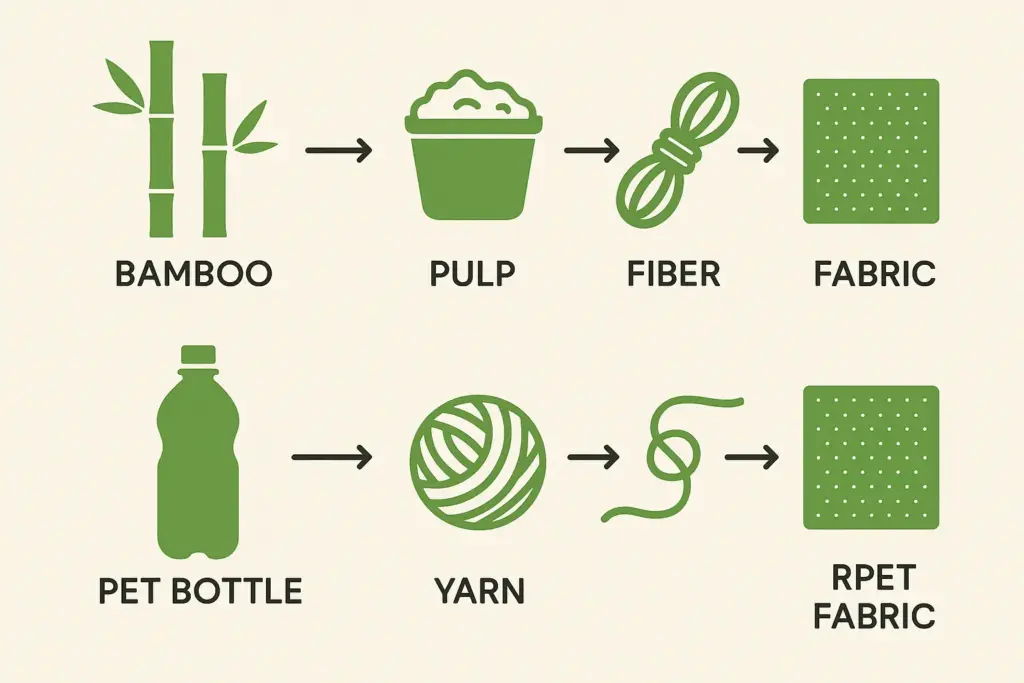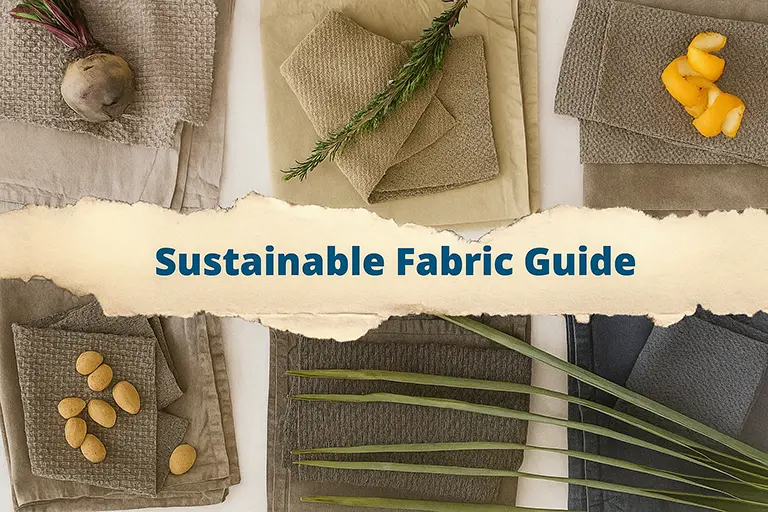As global consumers and businesses grow more environmentally conscious, the demand for sustainable fabrics is transforming the textile industry. For manufacturers, retailers, and sourcing professionals, understanding what makes a fabric sustainable—and how to integrate these materials into your supply chain—is no longer optional, but essential for long-term competitiveness.
This article explores what sustainable fabric means, the most impactful fiber types, and the strategic benefits for forward-looking brands.
1. What Is Sustainable Fabric?
Sustainable fabric refers to textile materials that are produced with minimal environmental impact, using renewable resources, responsible manufacturing, and ethical labor practices. These fabrics often meet certifications such as:
- OEKO-TEX® STANDARD 100
- GOTS (Global Organic Textile Standard)
- GRS (Global Recycled Standard)
- FSC (Forest Stewardship Council) for cellulose-based fibers
The sustainability of a fabric is evaluated through its entire lifecycle—from raw material sourcing and production emissions, to durability, biodegradability, and recyclability.

2. Key Types of Sustainable Fabrics
Below are some of the most commonly adopted and commercially scalable eco-friendly fabrics in today’s global market:
| Fabric Type | Source | Sustainability Highlights |
|---|---|---|
| Organic Cotton | Non-GMO cotton plant | Grown without toxic pesticides, uses less water |
| TENCEL™ Lyocell | Eucalyptus pulp | Closed-loop solvent system, FSC-certified forests |
| Bamboo Viscose | Bamboo (fast-growing) | Soft, renewable; requires chemical processing |
| Hemp | Hemp plant | Grows rapidly, naturally pest-resistant |
| Recycled Polyester (rPET) | Used PET bottles | Reduces plastic waste, energy-efficient |
| Linen (Flax) | Flax plant | Low water, pesticide-free, fully biodegradable |
| Piñatex® / Orange Fiber | Pineapple/fruit waste | Agricultural waste reuse, biodegradable |
Note: Blends such as organic cotton + recycled polyester are also gaining traction in performance and home textiles.
3. Sustainable vs. Conventional: Key Differences
| Factor | Conventional Fabric | Sustainable Fabric |
|---|---|---|
| Water Usage | High (e.g., traditional cotton) | Reduced or rain-fed cultivation |
| Chemicals & Dyes | Often toxic or unregulated | Low-impact, certified dyes |
| Carbon Footprint | High energy and fossil fuel use | Energy-efficient production systems |
| End-of-Life | Non-biodegradable | Recyclable, biodegradable, compostable |
| Certifications | Rarely certified | Verified by third-party standards |
4. Applications Across Industries
Sustainable fabrics are now widely used in:
✅ Apparel
- Organic t-shirts, performance wear with rPET, ethical denim
- Eco-friendly athleisure and underwear
✅ Home Textiles
- Organic cotton bed sheets, bamboo duvet covers, linen curtains
- Eco-friendly throws, pillow covers, and upholstery
✅ Hospitality & Retail
- Hotels and retailers are shifting toward certified bedding, bath towels, and uniforms with sustainability labels
✅ Promotional & Custom Branding
- Recycled tote bags, printed T-shirts made from GRS-certified yarn

5. Business Advantages of Using Sustainable Fabrics
Integrating sustainable fabrics into your product lines isn’t just ethical—it’s strategic.
- Brand Differentiation: Appeals to Gen Z, Millennials, and eco-conscious buyers
- ESG Compliance: Supports environmental and social reporting
- Global Market Access: Meets EU and North American regulatory expectations
- Higher Perceived Value: Consumers are willing to pay more for eco-labeled products
- Retail Partnerships: Many large retailers now require sustainability documentation
6. Challenges and Considerations
- Cost: Sustainable fabrics can be 10–30% more expensive than conventional
- MOQ / Lead Time: Custom-dyed or certified materials may involve longer procurement cycles
- Testing: Verifying biodegradability, colorfastness, or certifications requires lab testing
- Transparency: Greenwashing risks require brands to clearly communicate and prove claims
B2B buyers should always request certification documents, lab tests, and traceability reports when working with new suppliers.
Conclusion
Sustainable fabric is no longer a niche—it’s a necessity. As global textile value chains evolve, eco-friendly materials such as TENCEL™, hemp, and organic cotton offer not only environmental benefits but also strategic differentiation and commercial advantage. Whether you’re sourcing for fashion, hospitality, or home decor, adopting sustainable fabrics positions your brand for long-term relevance in a market where sustainability is the new standard.


Leave a Reply